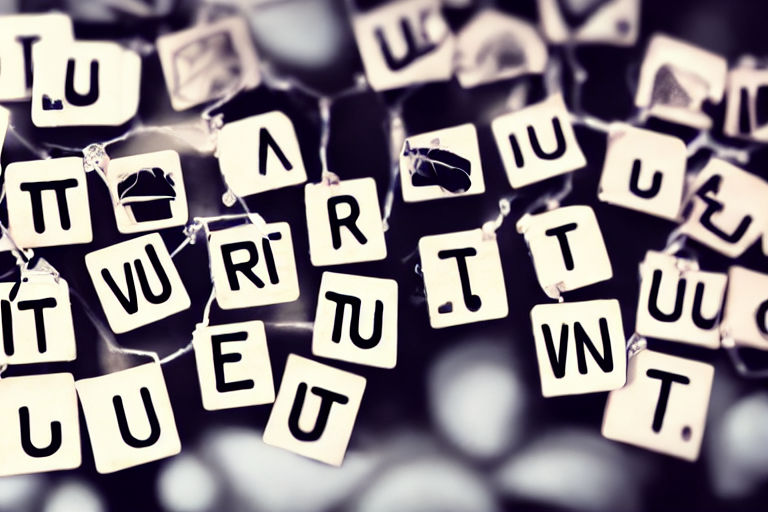Decanter 101: A Beginner's Guide to Wine Tasting and Pairing
Whether you're a complete novice to the world of wine, or an enthusiast looking to expand your knowledge, understanding how to taste and pair wine is an essential skill. Follow our beginner's guide to wine tasting and pairing to get started.
Wine Tasting
1. Look
Begin by examining the wine in your glass. Hold it up to the light and observe its color and clarity. This can offer clues about the grape variety, age, and winemaking process.
2. Smell
Give the wine a good swirl to release its aromas, and take a deep sniff. Can you detect fruity, floral, or earthy scents? This can help prepare your palate for the flavors to come.
3. Taste
The most important step in tasting wine is, of course, the tasting itself. Take a small sip and allow it to swirl around your mouth, coating your tongue and taste buds. Pay attention to the wine's sweetness, acidity, tannins, and body.
4. Note
Finally, take note of your impressions of the wine. Did you like it? Was it too dry or too sweet? How did it make you feel? This can help you build your knowledge and find wines that you'll love in the future.
Wine Pairing
1. Match Intensity
The rule of thumb when it comes to wine pairing is to match the intensity of the flavors in your food with that of your wine. Light-bodied wines go well with delicate dishes like fish and salad, while heavier-bodied wines can stand up to richer, more flavorful dishes like steak and pasta.
2. Consider Flavors
When pairing wine and food, consider the flavors in both. For example, a fruity white wine like a Riesling can complement spicy Asian food, while a bold red wine like a Cabernet Sauvignon can pair perfectly with strong cheeses.
3. Balance Acidity
If a dish is particularly acidic, consider choosing a wine with a higher acidity to balance it out. The same goes for sweet dishes – a wine with a little sweetness can complement a dessert without being overpowering.
4. Experiment
Finally, don't be afraid to experiment with different wine and food combinations. Everyone's palate is different, so what works for one person might not work for another. Have fun with trying out different options until you find your perfect match.
Conclusion
By following these simple steps, you can become confident in tasting and pairing wine, and start to explore the wonderful world of wine with ease. Remember, the most important thing is to trust your own palate, and have fun with your wine journey.



